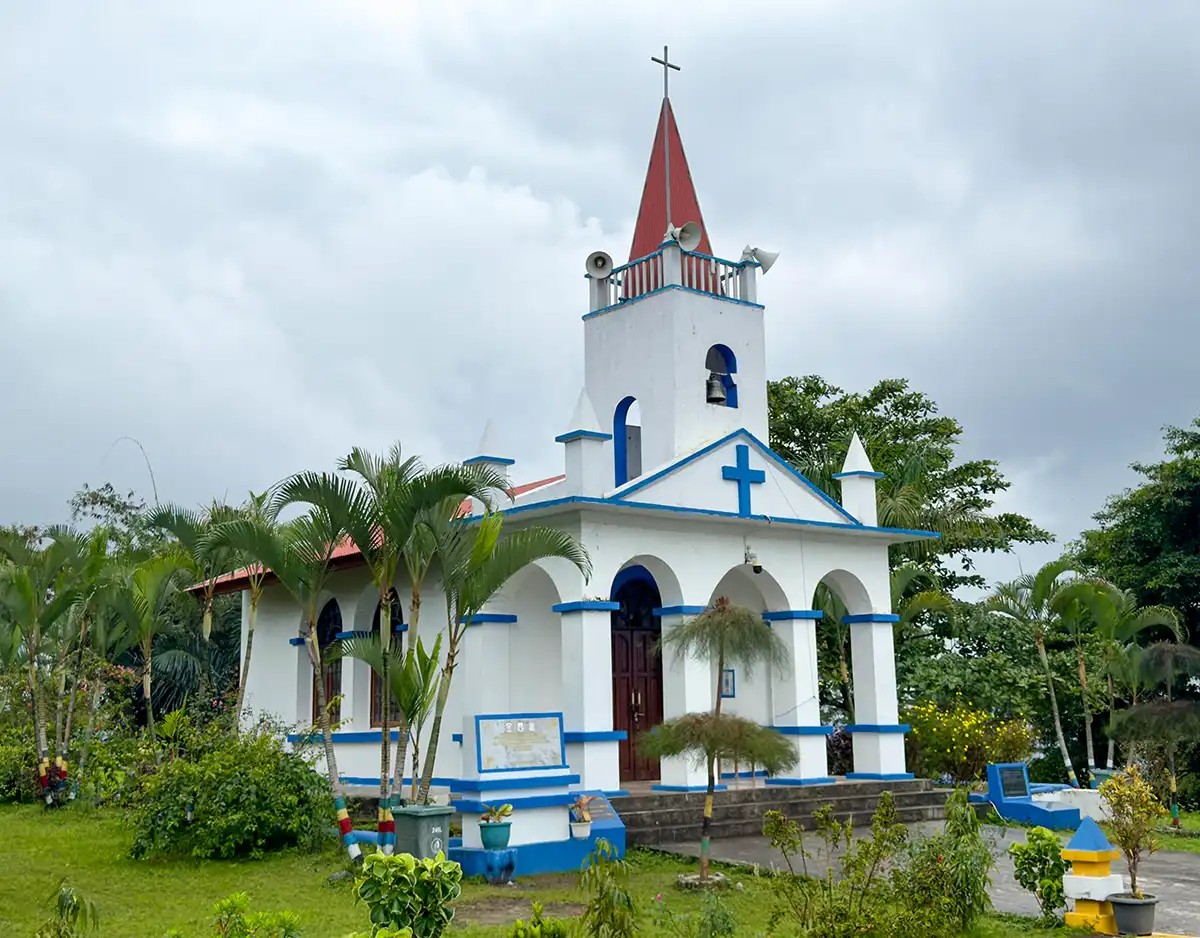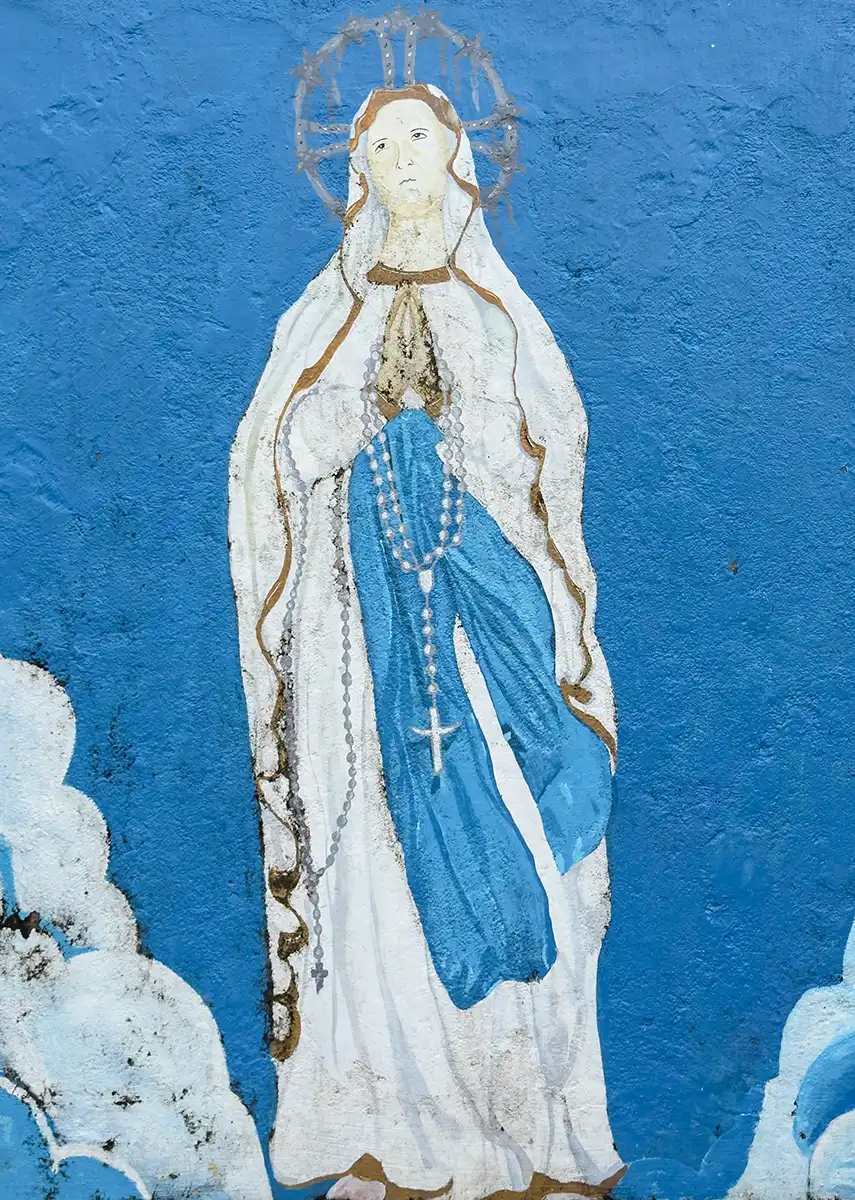Sacred Sites of Timor-Leste
Timor-Leste, a nation with a deep spiritual heritage, holds a collection of sacred sites that reflect its rich blend of indigenous beliefs and strong Catholic faith. These locations are not only important for religious devotion but also offer insights into the country's history, culture, and enduring resilience.
Mount Matebean Mane, Baucau
Mount Matebean Mane, often referred to as the "Mountain of Souls" or "Mountain of the Dead," is a profoundly significant site for the people of Timor-Leste, particularly the Fataluku ethnic group. Standing tall in the Baucau district, this mountain is traditionally believed to be the dwelling place where the spirits and souls of the deceased reside, making it a powerful place of ancestral veneration. Pilgrims often visit to honor their ancestors and connect with the spiritual realm. Matebean Mane also bears the scars of Timor-Leste's turbulent history, having served as a stronghold for resistance fighters during various occupations, with many caves and areas holding the remains of those who fought for independence, adding layers of historical and patriotic significance to its spiritual aura.
Mount Ramelau (Tatamailau), Ainaro
Mount Ramelau, known locally as Tatamailau, holds the distinction of being Timor-Leste's highest peak and is a paramount site of both natural beauty and spiritual devotion. Dedicated to the Virgin Mary, the mountain is a central pilgrimage destination for the nation's predominantly Catholic population. At its summit stands a three-meter-high statue of the Virgin Mary, a gift from Italy installed in 1997, which serves as a focal point for the annual pilgrimages held around the Feast of the Annunciation. These challenging ascents are undertaken by thousands each year, often starting in the early hours to witness the sunrise from the peak, an experience that intertwines spiritual reflection with breathtaking panoramic views of the entire island.
National Shrine of Our Lady of Aitara, Soibada
The National Shrine of Our Lady of Aitara, situated on Aitara Hill above Soibada, is a profoundly important Marian shrine in Timor-Leste, drawing a strong parallel to places like Fatima for its devoted pilgrims. The site's significance stems from reported Marian apparitions to several women near a banyan tree in the early 20th century. Since these initial visions, Aitara Hill has become a place of immense religious importance, where an annual festival celebrates the apparition and hundreds make a yearly pilgrimage to deepen their faith. The shrine embodies the deep Catholic faith of the Timorese people, who often credit Our Lady of Aitara as a source of protection and peace during times of conflict and hardship.
Cristo Rei of Dili, Dili
Dominating the landscape of Dili's coastline, the Cristo Rei of Dili is a colossal statue of Jesus Christ atop a globe, symbolizing a protective embrace over the nation. Gifted by Indonesia in 1996, the 27-meter-high statue stands on Cape Fatucama and is reached by a 570-step concrete staircase, featuring 14 stations representing the Stations of the Cross. While its origins are tied to a historical period of Indonesian integration, the statue has transcended its initial political context to become an iconic symbol of Timor-Leste's strong Catholic identity and an enduring place of prayer and national pride, offering panoramic views of Dili Bay and the surrounding seascape.
Uma Lulik (Sacred Houses)
Scattered throughout the interior and more rural areas of Timor-Leste are the Uma Lulik, or "sacred houses," which are fundamental to the indigenous animist traditions of the Timorese people. These meticulously crafted houses, built from natural materials like timber and bamboo, are far more than just structures; they are considered living entities and serve as a vital link between the living and their ancestors. Uma Lulik are the centers for rituals, ceremonies, and the upholding of sacred rules that govern the relationship between people and nature. They are believed to house ancient treasures, ancestral spirits, and the collective memory of families and communities, embodying the spiritual cosmos and representing a root of life for the Timorese.

Martin Gray is a cultural anthropologist, writer and photographer specializing in the study of pilgrimage traditions and sacred sites around the world. During a 40 year period he has visited more than 2000 pilgrimage places in 160 countries. The World Pilgrimage Guide at sacredsites.com is the most comprehensive source of information on this subject.


